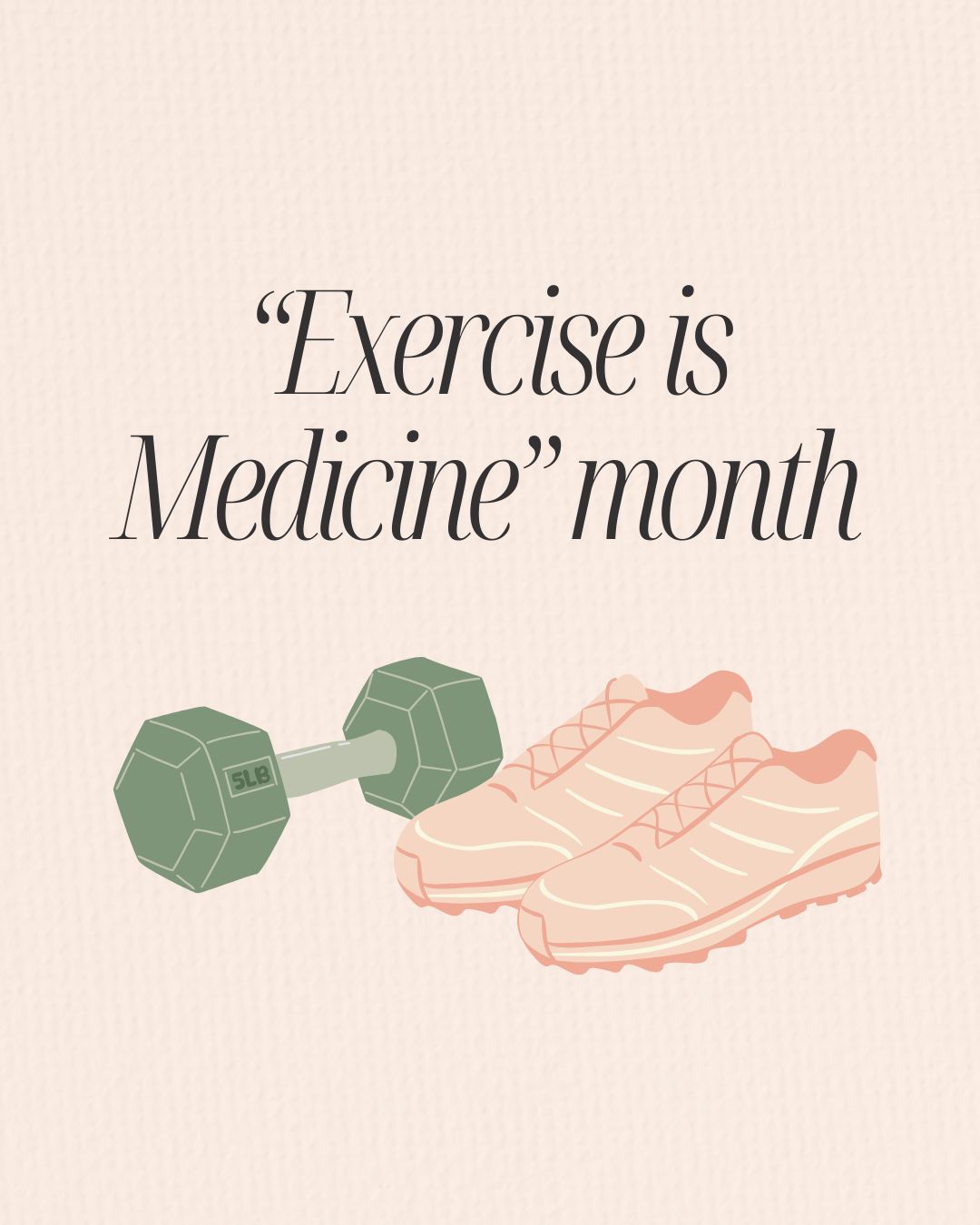 This is for information only and not for use in the treatment or management of an actual poison exposure. If you have an exposure, you should call your local emergency number (such as 911) or the National Poison Control Center at 1-800-222-1222.
This is for information only and not for use in the treatment or management of an actual poison exposure. If you have an exposure, you should call your local emergency number (such as 911) or the National Poison Control Center at 1-800-222-1222.
Poisonous Ingredient:
Wasp venom, which is injected into you when you are stung.
Most people stung by a wasp will have only swelling, itching, and pain at the site of the sting.
Those allergic to wasps, however, may also have the following symptoms:
Breathing difficulty
Collapse
Hives
Severe decrease in blood pressure
Swelling of the face, lips, throat, and tongue
Home Care
Call poison control or a hospital emergency room for guidance if the person has an allergic reaction (severe swelling or difficulty breathing). It may be necessary to go to the hospital if the reaction is severe.
If you are allergic to bee, wasp, or yellow jacket stings, it is important to carry a bee sting kit (which requires a prescription) and become familiar with how to use it if necessary.
To remove the bee stinger:
Carefully scrape scrape a blunt object (such as a butter knife) over the area to remove the stinger, if the person is able to remain still and it is safe to do so. Otherwise, you can pull out the stinger with tweezers or your fingers, but avoid pinching the venom sac at the end of the stinger. If this sac is broken, more venom will be released.
Clean the area thoroughly with soap and water.
Place ice (wrapped in a washcloth or other suitable covering) on the site of the sting for 10 minutes and then off for 10 minutes. Repeat this process. If patient has blood flow problems, place the ice on the skin for a shorter amount of time. (In such persons, ice may cause circulatory damage to the skin.)
Give the person diphenhydramine (Benadryl) by mouth if the patient is able to swallow. This antihistamine drug may be used alone for a mild symptoms.
Before Calling Emergency
Determine the following information:
Patient’s age, weight, and condition
Type of insect
Time the sting occurred
Location of the sting
Poison Control
The National Poison Control Center (1-800-222-1222) can be called from anywhere in the United States. This national hotline number will let you talk to experts in poisoning. They will give you further instructions.
This is a free and confidential service. All local poison control centers in the United States use this national number. You should call if you have any questions about poisoning or poison prevention. It does NOT need to be an emergency. You can call for any reason, 24 hours a day, 7 days a week.
See: Poison control center – emergency number
What to Expect at the Emergency Room
If an emergency room visit is necessary, the health care provider will measure and monitor the patient’s vital signs, including temperature, pulse, breathing rate, and blood pressure. Symptoms will be treated as appropriate. The patient may also receive:
Breathing support, if needed
Fluids through a vein (by IV)
Medications to treat an allergic reaction
Outlook (Prognosis)
If an allergic reaction occurs, death may occur within 1 hour. The faster a patient gets medical help, the better the chance for recovery.
Symptoms in those who do not have a sting allergy are likely to go away completely within a week.
References
Clark RF, Schneir AB. Arthropod bites and stings. In: Tintinalli JE, Kelen GD, Stapczynski JS, Ma OJ, Cline DM, eds. Emergency Medicine: A Comprehensive Study Guide. 6th ed. New York, NY: McGraw-Hill; 2004:chap 194.





